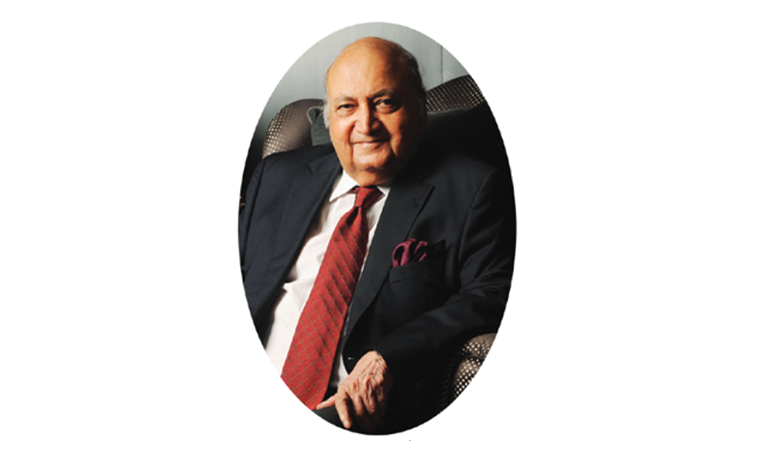The man who saw it all
Keshub Mahindra, a pioneer of the Indian automobile industry, was India’s oldest billionaire businessman and Chairman Emeritus of the Mahindra Group.
Keshub was born in present-day Shimla, Himachal Pradesh. A Wharton University of Pennsylvania, USA graduate, he was the son of Kailash Chandra Mahindra, a co-founder of the Mahindra Group (1945) and joined the group in 1947 and assumed the role of Chairman in 1963.
Under his watch, over the next 48 years, the group metamorphosed from a steel trading company to a $15 billion diversified conglomerate, expanding from being just a car manufacturer to IT, real estate, financial services, logistics, and hospitality. He retired in August 2012, handing over the reins to his nephew Anand Mahindra, then Vice President and Managing Director.
Keshub’s life was an epitome of rare virtues. A man of principles and a source of inspiration, he led from the front. A gentleman and a patriot, he was an acclaimed philanthropist who redefined good corporate governance in India. He was an exemplary statesman, respected for his vision, business acumen, leadership and uncompromising professional integrity.
Keshub introduced empowerment and confidence before they became buzzwords. He presented his employees as colleagues, not as subordinates. He did not see a setback as a failure, but as a risk avoidance. He also had a knack for figuring out which business would bring in the money; one of the reasons why the group did not enter the fixed network space.
His mentors were JRD Tata from the business world and Nanaji Deshmukh, social activist. One thing they had in common was their passion and commitment to supporting the less fortunate. An avid golfer, he also enjoyed skiing and was a tennis champion at Wharton. In his Lonavala bungalow, he enjoyed cooking continental food.
He led several commissions, including the Sachar Commission on Company Law and the MRTP and the Central Advisory Council on Industries. He was also a member of Apex Council of ASSOCHAM, President Emeritus of Employers Federation of India, Honorary Member of All-India Management Association, New Delhi and Member of United World Colleges (International) UK Council. He has also served on several boards and councils in both the private and public sectors,
In 1947, when the government was thinking about the need for an indigenous automobile industry, Keshub felt he knew nothing about the industry. At that time, India only had Premier Automobiles, Hindustan Motors and the steel trading company Mahindra and Mahindra (M&M), which later began assembling Willy Jeeps. Because the government relied on them, the company had to make everything from scratch because there were no suppliers. When M&M started to engage in car manufacturing, the Tata Group was already a pioneer in this field and innovated on its own without collaboration. That’s where this journey began. Keshub entered into corporate partnerships with global giants such as Mitsubishi, British Telecom and Ford.
Keshub was the non-executive chairman of Union Carbide India Limited when the Bhopal gas tragedy occurred in 1984, killing 3,787 people. In June 2010, he was sentenced to two years in prison and fined 1,00,000 rupees along with six other employees of the former Union Carbide subsidiary, many in their 70s, but were released shortly after their convictions.
In 1987, the French government awarded him the Chevalier de l’Ordre National of the Legion of Honor for his contribution to that field.
Keshub left behind a legacy that transformed the company from an assembler of Willys Jeeps in India in the 1940s to a $12 billion diversified conglomerate. His net worth, according to Forbes Rich List 2023, was $1.2 billion.
Aged 99, Keshub passed away in Mumbai. The industrial world lost one of its greatest personalities. He is survived by two brothers, three daughters and seven grandchildren.
 A.Radhakrishnan is a Pune based freelance journalist, poet and short story writer.
A.Radhakrishnan is a Pune based freelance journalist, poet and short story writer.

